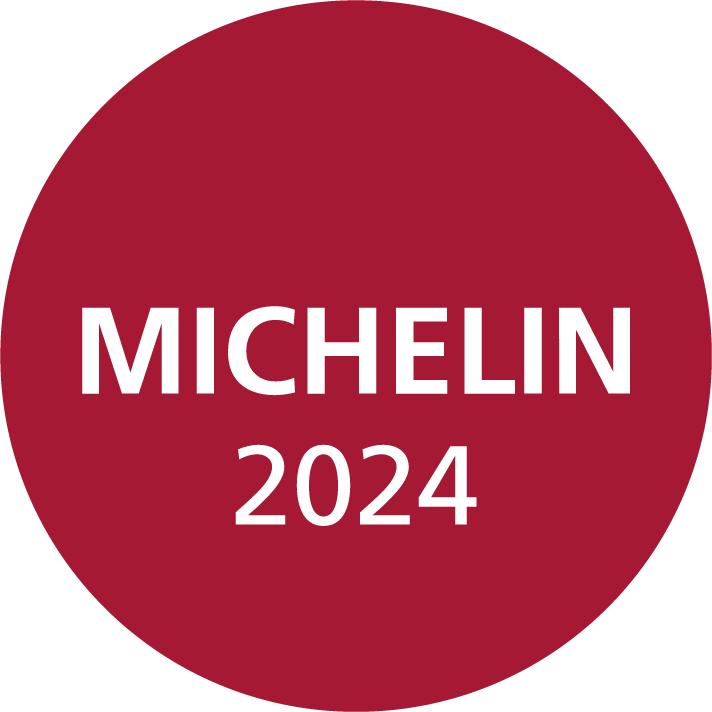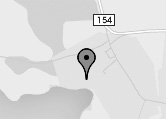Reawakening of an unspoilt island

By Vijai Maheshwari
September 9, 2000
The once-closed Estonian islands are opening up their relatively isolated landscapes to tourism. Vijai Maheshwari pays a visit.
Part of the far-western edge of the former Soviet Union, the once-closed Estonian islands on the Baltic Sea close to Sweden hold both natives and tourists in thrall with their unspoilt landscape of windmills, fishing villages, juniper bushes – and their promise of relative isolation.
Muhu, a little tear drop-shaped island just west of the mainland is no exception: lush and rustic and strewn with low-hanging clouds in summertime which carpet its winding roads, the island of 2,500 inhabitants has preserved its folk tradition during the long years of Soviet isolation. Women still don the colorful mirrored dirndl skirts, and hats shaped like inverted tea cosies, on festivals and special holidays.
Hidden among the maples and thatched fishing villages of the island (unknown to most visitors who zip past Muhu to the larger island of Saaremaa with which it is connected by a bridge) is a jewel in the woods: a renovated Baltic German manor house turned into a luxury hotel.The residence of the Buxhoeveden family for almost seven centuries after the islanders were subdued by the crusading Teutonic Knights in 1227, the Pädaste manor is a gorgeous remnant of this small Baltic nation’s pre-Soviet past.
Most of the past century has not been kind to the house: Its garden parties and fin-de-siecle joi de vrie were cut to a halt after the last Buxhoevden and his brother were drowned under the ice by the local Communist leader Kingisepp in the winter of 1919. It is said that the Communists even poured hot water over the ice to watch the lords die. During the Soviet era the manor house was turned into a rest home for pensioners, but little was done to preserve the grounds.
Things have been different since an enterprising Muhu native Imre Sooäär who emigrated to Canada in the late 80s bought the manor with a Dutch partner in 1996 and began renovation. The low stone blacksmith’s building near the sea has been turned into a swank restaurant serving spicy Thai soup and fresh basil-strewn chicken pasta. The wine cellar is the hotel annex with a Turkish and Finnish sauna. The horse stables are conference rooms and the storage lofts on the second floor are now bi-level hotel suites with balconies overlooking the grandoise lawns.
The care and professionalism of the restoration work – the stone arches adorned with 19th century lamps is breathtaking. The manor house even has a small cinema. All this in the center of an isolated fishing village connected to the mainland with ferries.
I spent midsummer weekend there with a friend from Moscow who couldn’t believe that all this was just an hour and a half flight from Russia.After a swim in the warm Baltic sea we lazed on the lawn while the bonfire started up and guests pored in from the surrounding villages-some in their traditional costumes. A young vocalist who had participated in lastyear’s Eurovision song festival was part of the evening’s entertainment. Midsummer night when the sun doesn’t dip below the horizon is the biggest holiday in Estonia and people still celebrate it according to the old pagan rituals of jumping over the bonfire and swaying on swings decorated with flowers and fresh birch leaves. It is also an occasion for drinking copious amountsof alcohol and wandering the woods seeking the elusive jaani-uss or the glow-in-the-dark midsummer worm.
Having done all this and more we awoke the next afternoon to a spotless manor (when the cleaning up was done no one knows!) and to an impatient Imre who wanted to take us on a tour of the island.
If I thought that the Padaste manor was magnificent, the island itself harbors its other secrets. After some beers at a folk festival where a black-clad Moldovan band was all the rage we headed to a former Russian nuclear missile base. It once housed three nuclear missiles directed westwards at Scandinavia. With the Russians having left in anger in the early 90s, the base is in ruins, bullet holes pockmarking its walls,but some remnants of its killing machines remains.
We walked into a horizontal silo with metal ribbing along the walls where the missile had once been stored. Coming out into the daylight near the former launching pad I took a deep breath. It was terrible to contemplate how fragile all this beauty had once been. “I wish I had been here during its glory days,” said Imre as we drove out, pausing near the exit to scout around for the last Russian in Muhu. Having hid in the toilets when the troops were withdrawing, he still hangs around the island, writing copious letters of complaint to the local city council in his spare time.
Driving back to the manor house we passed – what else – an ostrich farm, the long-necked birds peeking at us through the bushes. Martin, Imre’s dutch partner, had the bright idea of serving ostrich omeletes for breakfast, to spice up the restaurant’s menu. Next trip perhaps.
That night we sat out and drank a bottle of wine and stared at the sea beyond and the gabled bulk of the manor house behind. It is the last building in the complex to remain unrenovated; although Imre and Martin have rooms on the second floor. “One thing at a time,” says Imre before launching into his story of finding the last surviving Buxhoveden in Bonn, a nephew of the family who had been just eight when his uncle was killed. “He still remembered it all, the garden parties and the visits from St. Petersburg aristocrats. He even said something in Estonian at the endof our meeting. Something like, ‘Don’t do that, you naughty boy.'” Those aristocrats!
Estonian Air flies daily from Tallinn to Gatwich. Return ticketscan be bought for as cheap as 250 pounds. Muhu and Saaremaa can be reached from the ferry terminal at Kuivastu, an hour and a half drive from Tallinn. The ferry accepts cars and takes 30 minutes.
Padaste Manor can be contacted at +372 45 48 800. Fax +372 45 48 811.
Email info@padaste.ee
Another excellent island to visit is the less-touristed Hiiumaa north of Saaremaa and Muhu.






